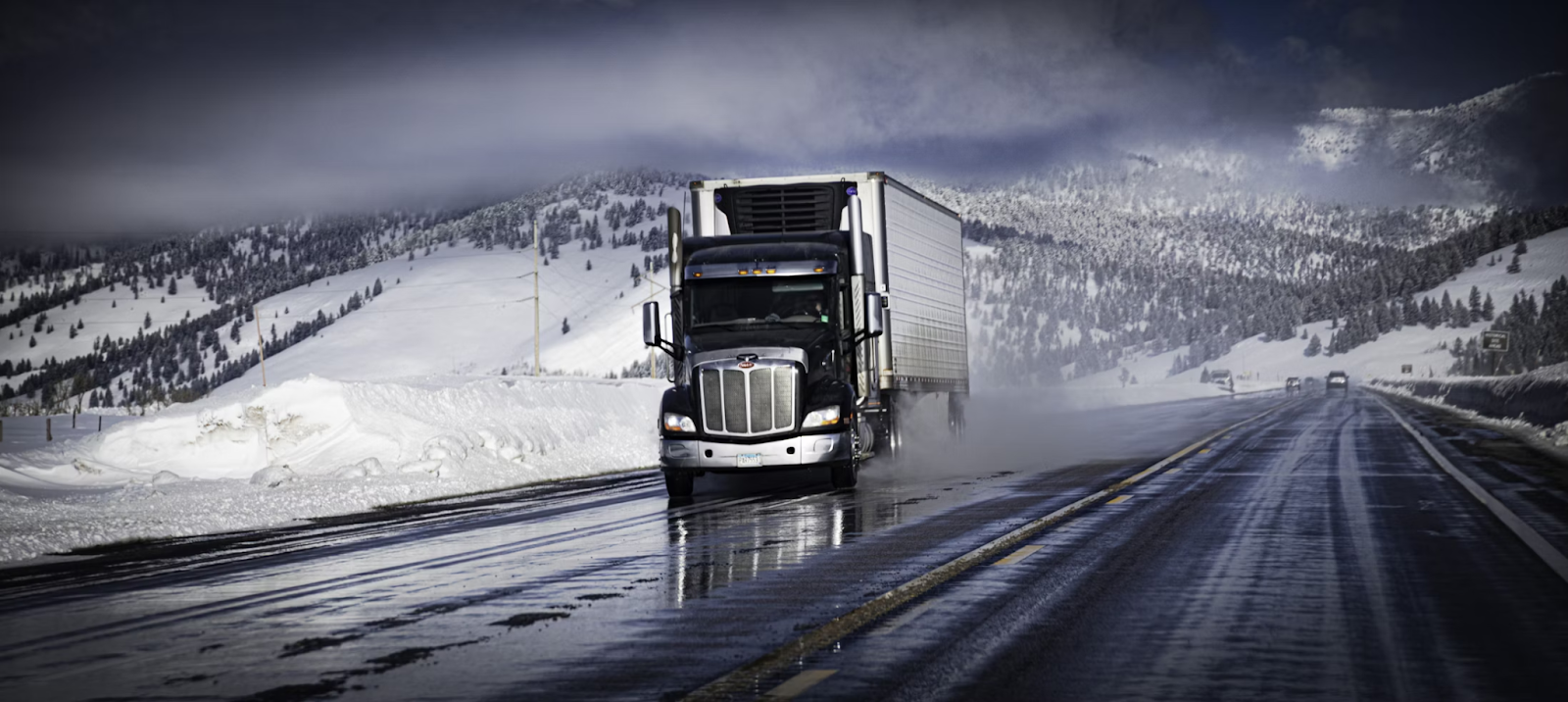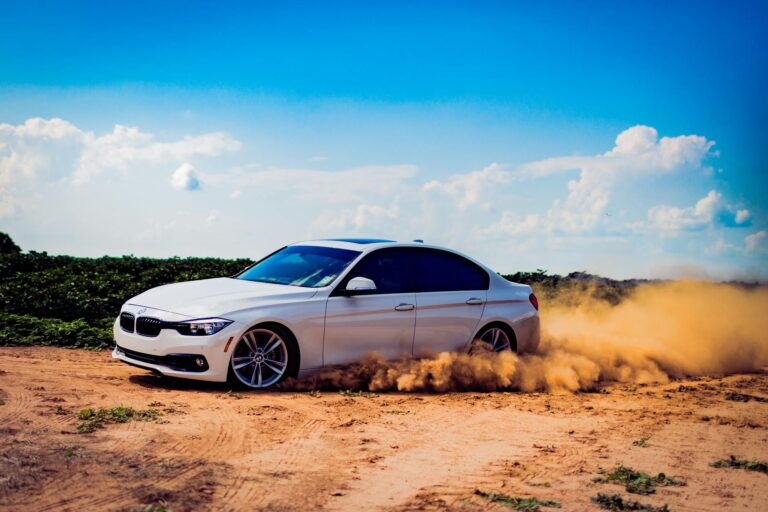America’s roads can swing from oven-hot to ice-slick in a single month. Asphalt that feels solid under a spring sun may crumble after a summer heat wave, then crack again when winter salt eats at the surface. These shifts punish pavement and push drivers who already race tight delivery windows. When a truck slides on black ice or a hailstorm shatters a windshield, Auto Liability coverage shields the balance sheet. Yet many fleets still carry limits set for clear-sky driving. This guide shows how extreme weather reshapes liability exposure and what practical moves keep both trucks and finances intact.

Why Weather Turns Ordinary Wrecks into Costly Claims
Bad weather inflates losses two ways. Slick roads and low visibility trigger more rear-end hits and jackknifes, while flying debris and sudden floods add extra damage. Roughly one third of all large-truck crashes happen in less-than-clear weather, based on FMCSA crash records. A skid seldom ends at a bent bumper. Multi-vehicle pileups and hazmat leaks can push legal bills well past standard Auto Liability limits.
Courts now ask whether a carrier planned for storms that everyone could see coming. When attorneys show that ice, wind, or water were a known threat on the route, verdicts climb quickly.
Fleets that get insured by STAR Mutual RRG avoid the long sign-off cycles that are seen among many traditional insurance carriers. Fast adjustments help keep trucks compliant on emergency detours and ensure premiums reflect the fleet’s actual loss history and operational risk.
Map Your Climate Risk Lane by Lane
Extreme weather looks different in every region. Western carriers watch for wildfires that melt roadside signage. Gulf fleets track hurricanes and flash floods. Northern operators juggle snow, ice, and frost-heave potholes. Layering storm history over primary lanes helps managers tailor deductibles and limits to real-world exposure instead of relying on one national policy that fits no corridor well.
The Operational Side of Storm Readiness
Insurance pays the bills only after something breaks. These field-tested habits keep skids and claims to a minimum:
- Seasonal route audits. Verify bridge heights, detour options, and safe parking spots before peak storm months so drivers have places to wait out a system.
- Weather-buffered dispatch windows. Build slack into schedules during high-risk weeks so drivers can slow down without breaking hours-of-service rules.
- Real-time cab alerts. Link telematics to weather feeds. A ten-minute heads-up often stops a wreck that would linger in court for years.
- Match the rules to the load. Tankers and reefers should run a little slower and leave more space to stop than a dry van. Lay those differences out on a clear one-page cheat sheet.
These routines cut crash counts and give underwriters hard evidence that safety is more than a slogan.
Check Your Policy for Weather Gaps
Most Auto Liability plans pay for injury and third-party damage no matter the trigger, but exclusions hide in the fine print. Scan for clauses on debris clean-up, water intrusion, or road blockage. If a fallen tree sparks a chain collision, you want confirmation that the adjuster treats it as a covered loss. Ask your broker to walk through a sample storm claim from first notice to final payment so surprises stay off the ledger.
Building a Weather-Focused Liability Checklist
A simple, repeatable checklist turns best intentions into daily habits.
- Monitor forecasts at dispatch and update drivers on expected road surface conditions.
- Inspect tire tread depth twice as often during winter and monsoon seasons.
- Stock cabs with traction aids such as chains or sand tubes before sending trucks into mountain passes.
- Log near-miss events (hard brakes, stability warnings) to spot storm hotspots that require alternate routing.
Close each season with a claims-loss review. If weather-linked incidents rise, adjust routes, training, or limits before renewal talks.
How Much Liability Is Enough in a Storm Year?
Large verdicts have climbed well past statutory minimums. Verdicts exceeding $10 million have been handed down in truck crash cases where plaintiffs cited poor maintenance or planning. In one case, Brown Trucking rejected a $2 million settlement offer and was instead hit with a $16 million verdict after trial. Carriers hauling through high-risk zones should consider umbrella or excess coverage that sits above core Auto Liability limits. This buffer protects cash reserves when a black-ice slide turns into a multi-plaintiff suit.
The Cost of Waiting for the First Big Loss
Some fleets buy stronger coverage only after a crippling claim. That gamble backfires twice. Renewals arrive with surcharges, and shippers start asking for proof of higher limits, straining relationships that took years to win. Getting ahead of the storm costs less and signals professionalism.
Final Mile
Weather whiplash is the new normal. Fleets that stay on the road rely on real-time data, keep their equipment in top shape, and carry liability limits that match today’s risks rather than yesterday’s. Combine those habits with the member-run speed of STAR Mutual RRG insurance and you are ready for the next cloudburst, blizzard, or heat wave before it even hits the windshield.
Local news
The Racine County Eye is your source for local news that serves our diverse communities. Subscribe today to stay up-to-date with local news.
Follow us on Facebook to make sure you get the latest news.
Racine County Eye – Journalism that serves.
Commercial Auto Liability in Extreme Weather: How to Prepare and Stay Covered was first posted on July 21, 2025 at 4:56 pm.
©2024 “Racine County Eye“. Use of this feed is for personal non-commercial use only. If you are not reading this article in your feed reader, then the site is guilty of copyright infringement. Please contact me at denise@

